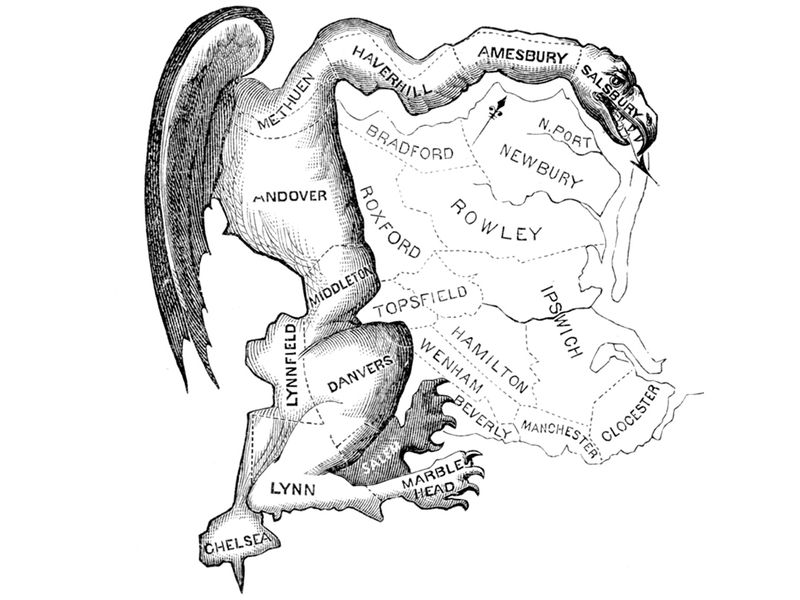
by Mirta Jurilj
Following the dissolution of Yugoslavia, the main part of which proceeded in several stages from 1980 to 1992,[1] the newly minted independent countries were granted the opportunity to try their hands at democracy.
The year 1992 saw the first parliamentary elections in Croatia, which were held in the approximate form as they still are today—i.e., citizens voted to fill the seats of around 150 representatives or deputies to serve in a unicameral parliament, the so-called Sabor. These seats would be re-filled every four years by direct popular vote. The aforementioned number of representatives is the first burning issue regarding the Croatian political system; specifically, for a country that is roughly the size of New York State and whose total population is estimated at just over 4 million, the figure is a tad too high,[2] leaving plenty of room for (or perhaps occasioning) manipulation and corruption.

